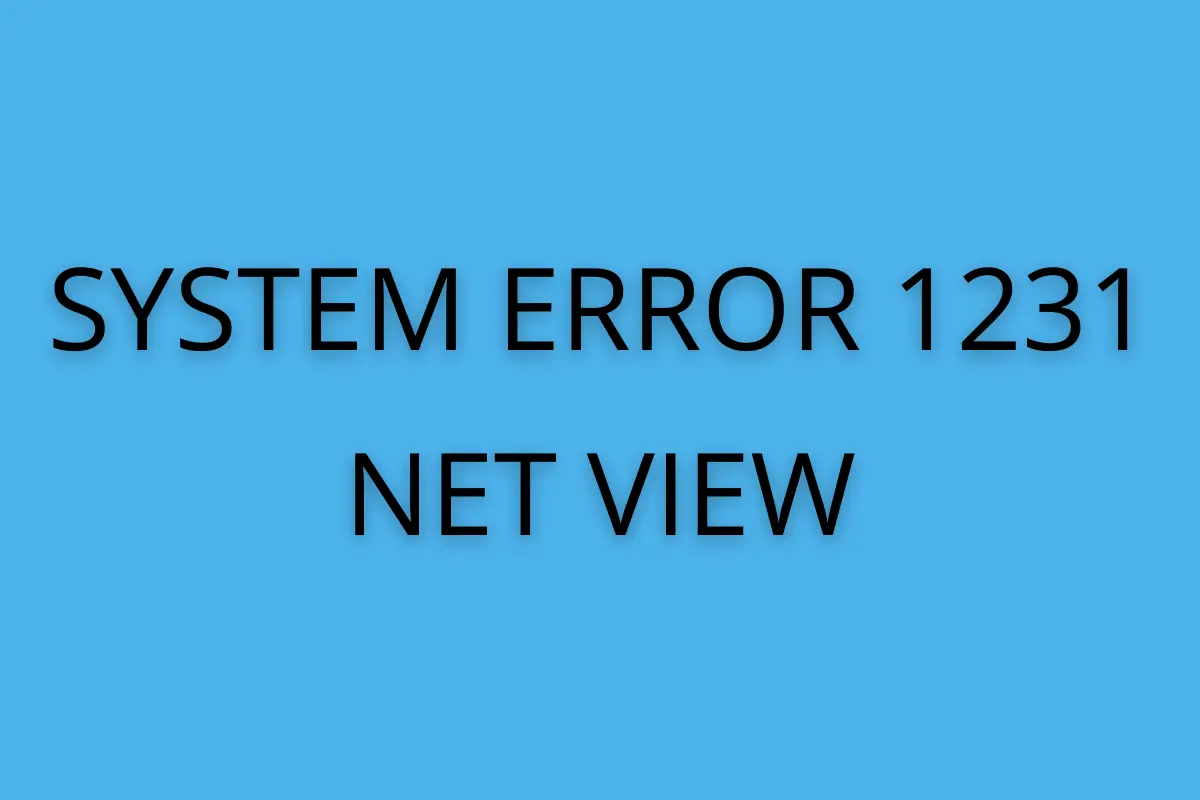Top 5 Open-Source Automation Testing Frameworks to Use in 2023
In today’s fast-paced world, software development is a demanding task. Developers are constantly pressured to deliver high-quality software while maintaining a tight schedule. Automation testing frameworks can alleviate some of this burden for ensuring the quality of your product. However, no matter which framework you choose, it’s essential to test on real devices to replicate the experiences of real users. This is where LambdaTest, a cross-browser testing platform, comes in.
LambdaTest offers a comprehensive solution for testing your automation testing framework, with support for a wide range of popular frameworks such as Selenium, Cypress, and Appium. This allows you to leverage the power of your preferred framework while benefiting from the extensive range of browsers and OS combinations available on the LambdaTest platform.
With over 3000+ browsers and OS combinations to choose from, LambdaTest provides a highly flexible and scalable testing environment. This means that you can easily test your automation testing framework on a range of devices, including desktops, mobiles, and tablets, to ensure that your product works seamlessly across all platforms.
What are Open-Source Automation Testing Frameworks?
Open-source automation testing frameworks are software tools that are freely available for use, modification, and distribution. These frameworks provide a set of rules, guidelines, and processes to automate the testing of software applications. By automating testing, businesses can significantly reduce the time and effort required for manual testing, improve the accuracy of test results, and speed up the delivery of software products.
Several open-source automation testing frameworks are available in the market, each with unique features and benefits. Some popular frameworks include Selenium, Appium, TestNG, JUnit, Cucumber, and Robot Framework. These frameworks support various programming languages such as Java, Python, Ruby, and C# and are compatible with multiple operating systems such as Windows, Mac, and Linux.
How to select a Test Automation Framework?
Selecting a test automation framework can be a complicated task. To simplify the process, you can follow these steps:
- Define your requirements: The first step in selecting a test automation framework is to define your requirements. What are the specific features you need in a framework? Do you require support for multiple programming languages? Do you need cross-platform support? Do you need integration with your existing tools and systems? Make a list of your requirements.
- Research available frameworks: Once you clearly understand your requirements, you can start researching available frameworks. Many frameworks are available, including Selenium, Appium, TestComplete, and others. Look for frameworks that meet your requirements.
- Evaluate frameworks: Once you have a list of potential frameworks, evaluate each based on your requirements. Look at the documentation, community support, and ease of use. Consider the learning curve for each framework and whether it aligns with your team’s skill set.
- Consider maintenance and scalability: When selecting a test automation framework, it’s important to consider maintenance and scalability. Look for a framework that is easy to maintain and update. Also, consider whether the framework can be easily scaled to accommodate future needs.
- Try before you buy: Finally, before making a final decision, try out the frameworks that seem like a good fit for your needs. You can create a small test project to test each framework and see how well it meets your requirements. This will assist you in making an informed decision and choosing the right framework for your team.
Top 5 Open-Source Automation Testing Frameworks
There are several open-source automation testing frameworks available in the market. Here are the top 5 open-source automation testing frameworks for 2023:
1. Selenium
When it comes to web-based and open-source test automation, Selenium is often the first name that comes to mind. To be more precise, Selenium is not a tool but an open-source library that provides developers and testers with a range of features and functionalities. Selenium is renowned for its trifecta of Selenium WebDriver, Selenium IDE, and Selenium Grid, along with the recent release of Selenium 4.8.0, which makes it a top choice for coding enthusiasts.
Selenium offers several feature highlights, including support for multiple programming languages such as Java, JavaScript (Node.js), Groovy, Scala, PHP, Perl, Python, Ruby, and C#. Advanced tests scripted on Eclipse, Visual Studio, or NetBeans can be easily imported into Selenium for execution.
Selenium is compatible with macOS, Windows, and Linux, allowing for cross-platform execution. It also offers customizable add-ons and plugins, enabling testers to tailor the framework to meet their specific requirements. Additionally, Selenium provides integration with various frameworks such as Ant, Maven, TestNG, JUnit, NUnit, and others, making it a versatile choice for automation testing.
2. Appium
Much like Selenium, Appium is an open-source framework that is a go-to choice for automated mobile testing. Appium is highly sought after due to its ability to automate APIs and eliminate the need for recompiling applications, making it a versatile option for testing native, mobile web, and hybrid applications.
Appium offers several features, including support for multiple programming languages like Java, PHP, Objective-C, C#, Clojure, JavaScript with Node.js, Python, Perl, and C#. The JSON Wire Protocol adds flexibility to the programming language used and allows automated testing scripts to run on both platforms, i.e., iOS and Android.
Another noteworthy feature of Appium is its ability to test applications without requiring the source code to be in place, enabling testers to perform effective testing even without access to the source code.
3. Carina
Recently, Carina has gained a lot of popularity as an open-source test automation framework. Built on top of Selenium, it is a Java-based framework that enables software developers, QA, and testers to reuse test automation code between iOS and Android, allowing up to 70% of code reuse.
One of the significant features of Carina is its ability to unite all testing layers into one application, including mobile (native and hybrid), web applications, REST services, and even databases. This makes it an ideal tool for testing complex applications that require multiple layers of testing. The framework supports rational and non-rational databases, including MySQL, Oracle, and SQL Servers, making it flexible and adaptable to different environments.
Another critical feature of Carina is its use of the FreeMarker template engine, which provides testers with tremendous flexibility in generating REST requests. This allows for efficient testing of RESTful web services, which is critical for many modern applications that rely heavily on web services.
With Carina, users can create and execute test cases quickly and efficiently without the need for complex coding or scripting. Carina also provides users with a range of benefits, including a low learning curve, flexible architecture, and easy integration with existing testing tools. This makes it an ideal tool for both beginners and experienced testers alike.
In addition to these benefits, Carina also offers a comprehensive set of features for test automation, including test management, reporting, and analytics. Testers can use the framework to manage test cases, track progress, and generate reports, providing valuable insights into the quality and performance of their applications.
4. Katalon
Katalon platform is a widely used and free test automation tool ideal for web, mobile, API, and desktop (Windows) testing. It provides users with low-code and scripting methods, making building and maintaining a different testing framework simple.
With Katalon, everything is built-in, allowing users to focus solely on testing activities without spending time and effort creating, running, and maintaining tests. Katalon offers several feature highlights, including support for programming languages such as Java and Groovy. The software is compatible with multiple operating systems, including macOS, Windows, and Linux.
The framework allows for flexible and fast test creation through Record and Playback, Manual, and Script Modes. It also offers debugging UI and smart reporting, enabling users to troubleshoot failed tests effectively.
Katalon is designed with reusable test artifacts, including test cases, objects, keywords, and more, with the Page Object Model (POM) design and Test Artifact Sharing. It supports various testing methodologies, including BDD, DDT, Keyword-Driven Testing, Cross-Browser Testing (Headless, Chrome, Edge, Firefox, and Safari), and Cross-Platform Mobile Testing (iOS, Android).
Katalon allows for easy importing of Selenium, SoapUI, and Postman projects and offers native integrations with CI/CD systems such as Jenkins, Bamboo, Azure DevOps, CircleCI, and others, as well as ALMs like Jira. Additionally, Katalon Academy provides step-by-step tools training to use Studio in real projects, making it a popular choice among developers and testers.
5. Robot Framework
Robot Framework is a well-known and popular test automation framework that is Python-based. It is a mature and generic solution that has gained popularity among software developers and QA testers. The keyword-driven approach is one of the standout features of the Robot Framework. It allows for easy reading and writing of tests, making it an ideal choice for testers with a bit of programming background.
One of the significant benefits of Robot Framework is its seamless integration with various APIs, generic text libraries, and tools, making it an excellent choice for testing a wide range of applications. Whether it’s testing websites, MongoDB, Android, FTP, or Appium, Robot Framework has got you covered.
Robot Framework is built with Python, but it integrates well with Jython (Java) and IronPython (.NET), making it a versatile choice for testers with various programming backgrounds. Its flexibility and robustness have made it a favorite among developers.
Another highlight of the Robot Framework is its support for tabular data syntax. This feature makes it easy to organize data in tables, which are easy to read and understand, especially for testers who are not experienced in programming.
Wrapping Up!
Using open-source testing tools comes with many advantages, such as no direct cost and the ability to customize according to the organization’s specific needs. However, there are a few limitations that need to be considered. For instance, lacking professional technical support can be challenging when issues arise.
Another area for improvement is the limited protocol support, which means that some open-source testing tools may only support some of the protocols required by the organization. Additionally, script maintenance can also be challenging, as maintaining scripts for open-source tools requires a skilled team.
Before choosing an open-source testing tool, it’s essential to ensure that it is actively maintained and matches your team’s skills. Having experts in the team who are familiar with the tool can help overcome any challenges faced during the testing process.
It’s also crucial to consider if the features, benefits, and challenges align with the organization’s testing requirements and goals. A careful study should ensure that the chosen tool can meet all the testing needs and aid the team in performing testing effectively.




